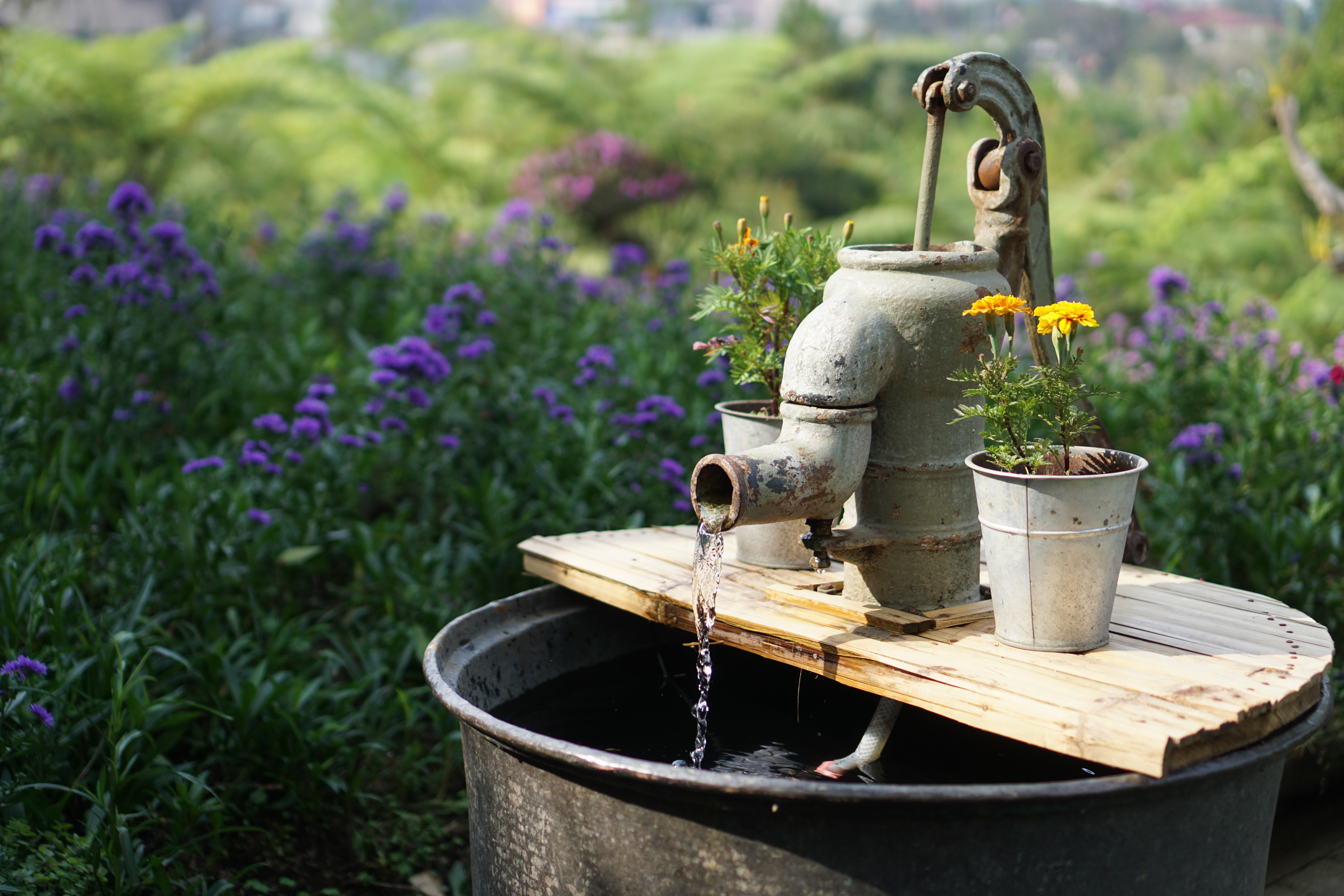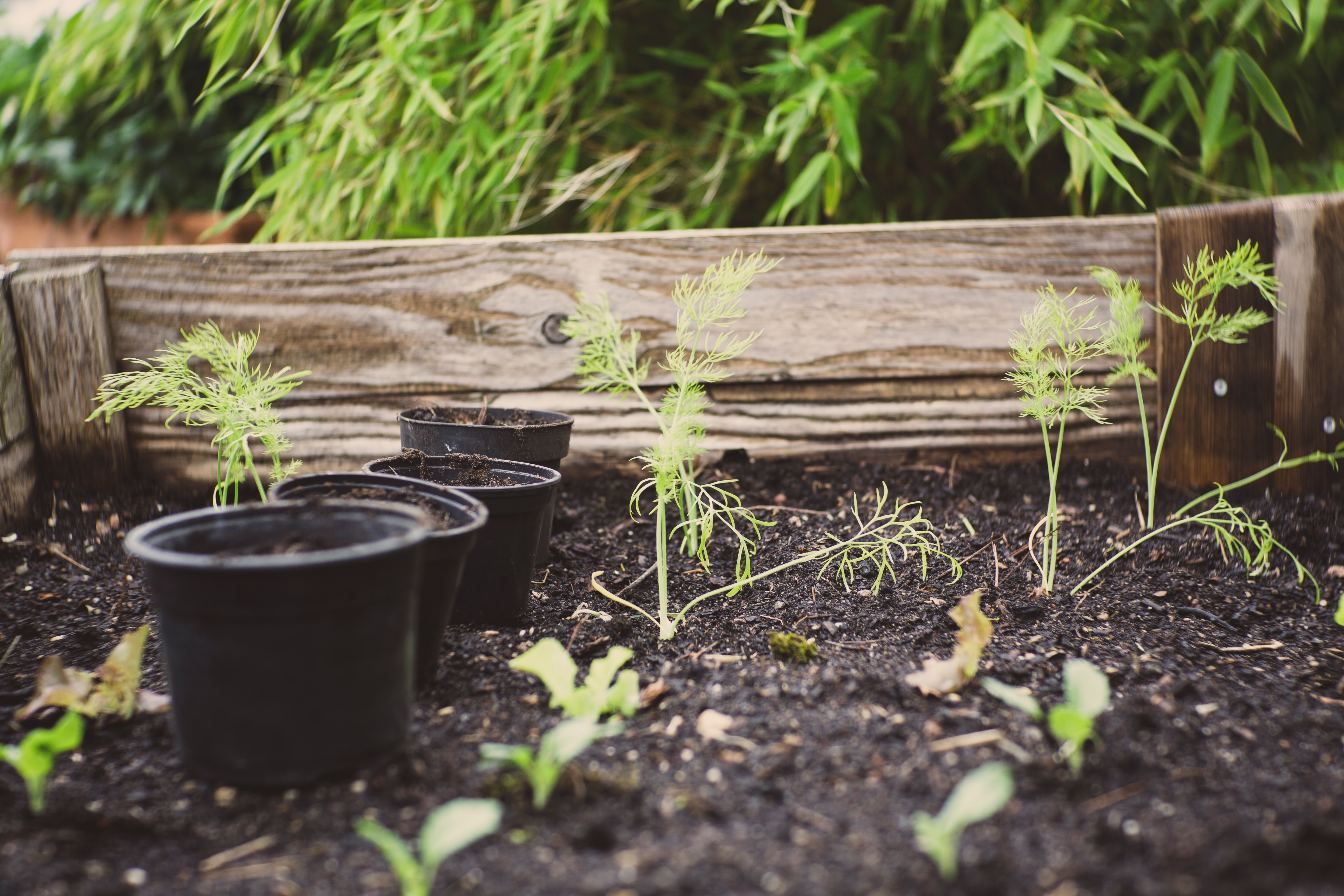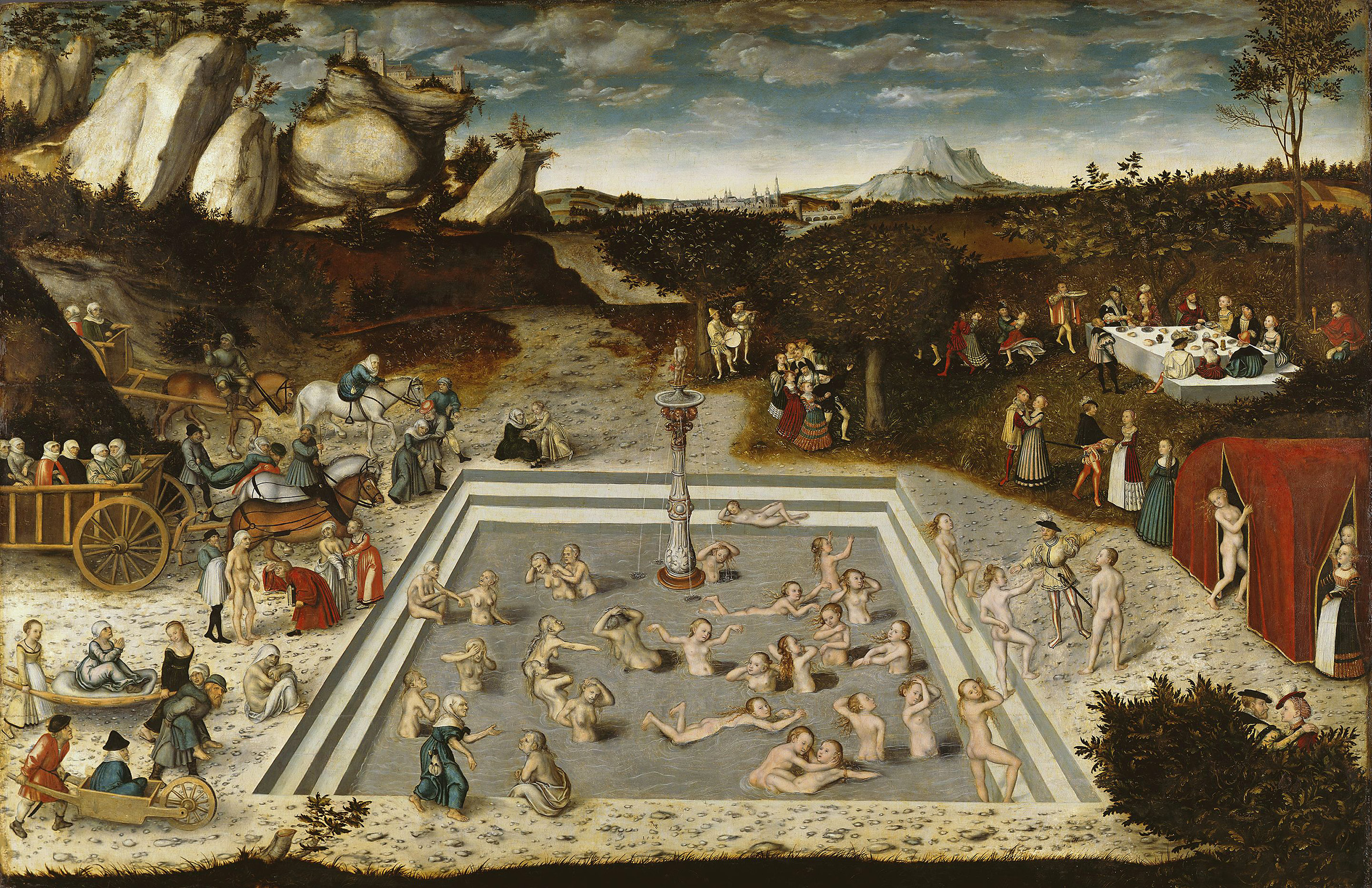
Slow it!
Slow the flow of water across the land.
Spread it!
Let the water spread out over the land surface and get to wherever it’s essential for preserving life.
Store it!
Collect as much water as possible when there’s too much of it (e.g. during intense rainfall).
Sink it!
Let the water soak into the soil and replenish the deep, natural aquifers.
The Four S’s allow anyone to understand the flow of water in the landscape, from spring to river mouth.
The first guideline, slow it, tells us to slow the flow of water by lengthening the path it takes before leaving a given area. During intense rain, we can observe how the water fills every depression in the terrain, creating puddles. When the puddles overflow, the water starts to form small trickles. These in turn assemble into larger flows, giving birth to streams. The streams pour into rivers, which in turn flow into lakes, seas and oceans, or in rare cases disappear under the ground. At each of these stages, water erosion takes place. Flowing water has so much energy that it can wash away initially small and later larger fragments of the surface, particularly during floods. Water erosion washes away fertile soil particles and carries away various substances, bringing them to rivers and lakes, thus contributing to strong eutrophication (contamination and fouling) in reservoirs.
The second rule, spread it, is about letting water flow widely over a surface, helping limit the effects of water erosion. That translates into cleaner water (i.e. better water quality).
The third point is about storing water. It’s worth collecting water when there’s too much of it (e.g. during intense rainfall or snowmelts). It’s best to store water at higher elevations, making it easy to send it where it needs to go later, using gravity. At the destination, let it filter into the ground so it will strengthen the roots of plants and regenerate the groundwater and aquifers.
Additionally, the fourth S says to keep in mind other organisms that make up the ecosystem: trees, which give us shade, slowing the process of water loss to evaporation; fungi, which build a living underground sponge that stores water and transports this precious resource over long distances; earthworms, the invertebrates that are constantly working to increase the porous structure of the soil and that build organic matter into it.
Translated from the Polish by Nathaniel Espino








